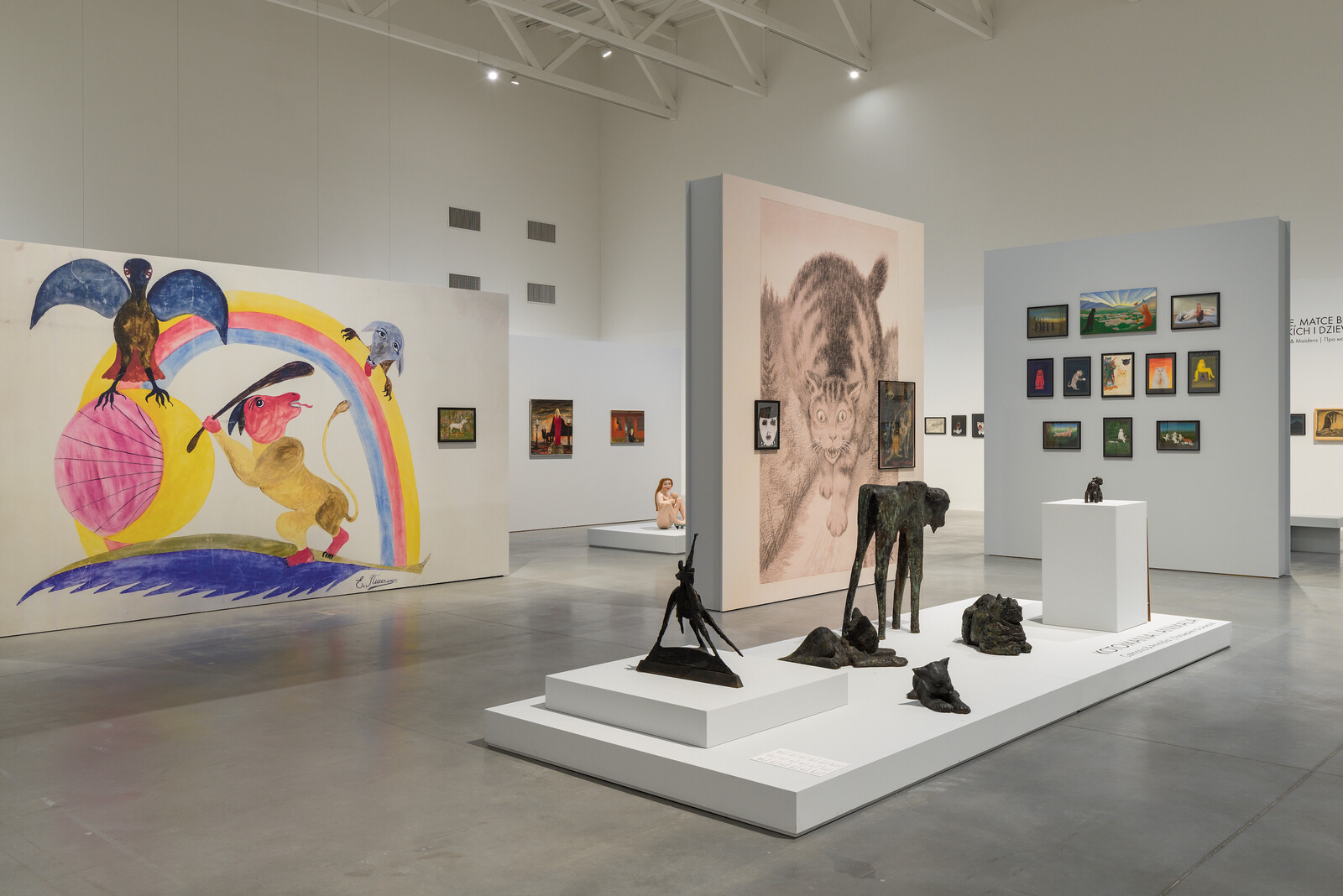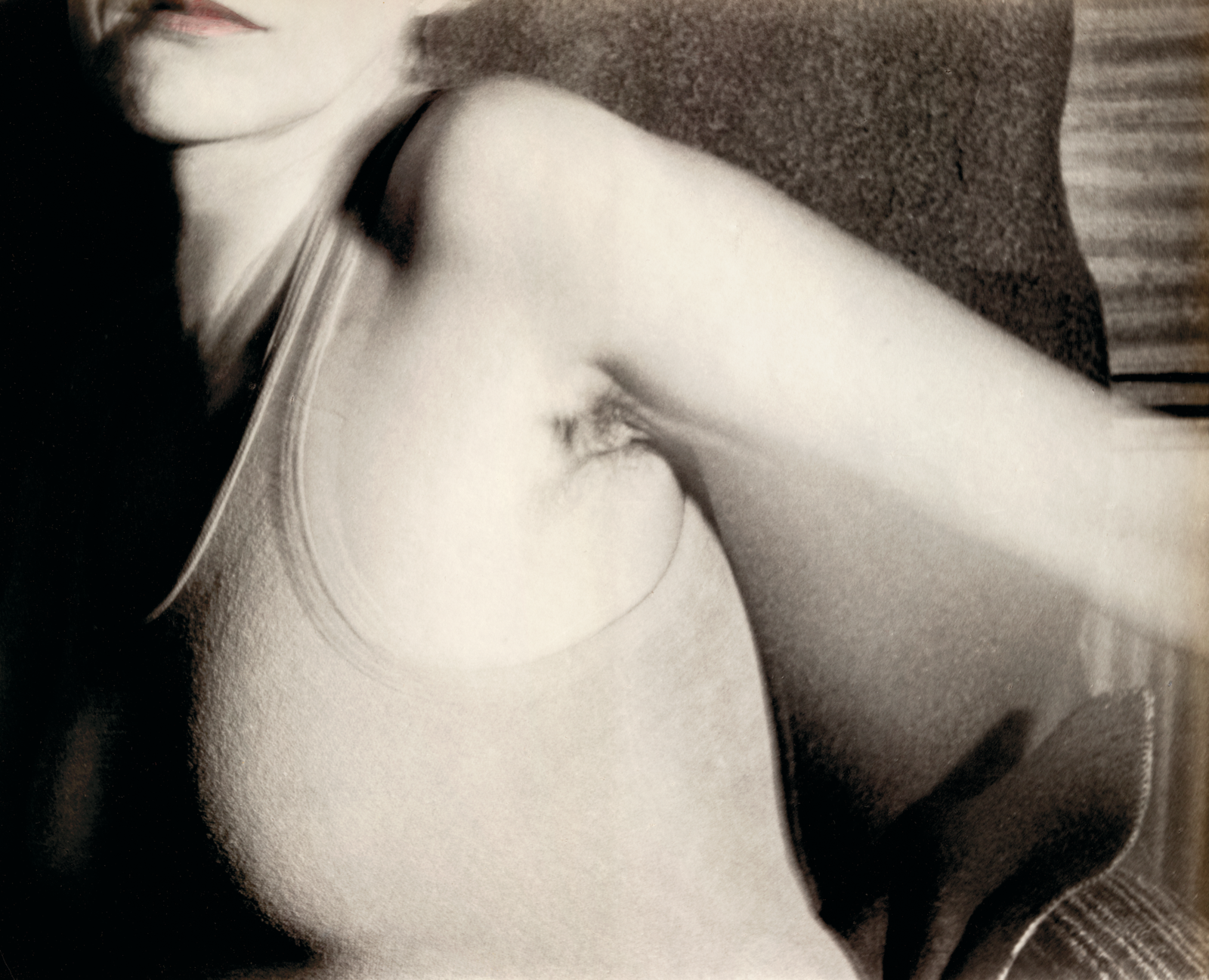Categories
Subjects
Authors
Artists
Venues
Locations
Calendar
Filter
Done
September 15, 2022 – Feature
Warsaw Roundup
Ewa Borysiewicz

Poland, as the theorist Maria Janion has noted, lies East of the West and West of the East. The cognitive dissonance can sometimes manifest in a complex blend of inferiority complex and messianic pride, often expressed via tales of the nation’s suffering and past glory. The majority of post-1989 efforts to tell the nation’s history have focused on repressing “Eastern” attributes in favor of “Western,” but Russia’s war on Ukraine has seen the nation assert its solidarity with its beleaguered eastern neighbor.
Warsaw’s Museum of Modern Art is trapped between the Stalinist Palace of Culture and Science and proliferating skyscrapers, and the institution’s programming reflects the difficulty of reconciling these two influences. Its temporary home, close to the Vistula River, currently hosts “The Dark Arts: Aleksandra Waliszewska and Symbolism from the East and North,” curated by Alison M. Gingeras and Natalia Sielewicz. The reclusive painter has gained an enormous online following for her somber, cryptic gouaches depicting a cast of mysterious figures including woman-spider hybrids, sinister Slavic wraths, lonely hangmen, flayed youngsters, and bleeding mystics.
The curators have applied a decorum-defying social media logic to the show’s methodology, juxtaposing works of varying provenances and gravities. Yet the physical center of …
January 20, 2022 – Review
Teresa Gierzyńska’s “Women Live for Love”
Ewa Borysiewicz

Viewers are caught in a crossfire at the start of Polish photographer Teresa Gierzyńska’s first major retrospective. On the facing walls of Zachęta National Gallery hang two self-portraits. The black-and-white images Left-handed I and Left-handed II (both 1980) show the artist pointing a crude reflex camera towards the center of the gallery. With this simple gesture, she communicates that she’s in charge here.
Born in 1947, Gierzyńska trained as a sculptor in the studio of Oskar Hansen, who encouraged her “to experiment, to question the existing rules.” Gierzyńska’s experiment is not merely formal or technical, but extends to challenging the patriarchic status quo. It is, first and foremost, an existential decision: a way of living and making art. The “About Her” series (1979–present) introduces a number of the techniques by which Gierzyńska pursues this project, and this first part of the show is prefaced by a revealing quote from the artist: “I talk about intimacy, love, loneliness, femininity, motherhood, puberty, relationships […] in a rather quiet voice, even a whisper.”
Her photographs are colored with aniline, while details are added with pen and pencil; other images are copied and reframed. These intimate pieces cover one wall without an immediately discernible order, resembling …